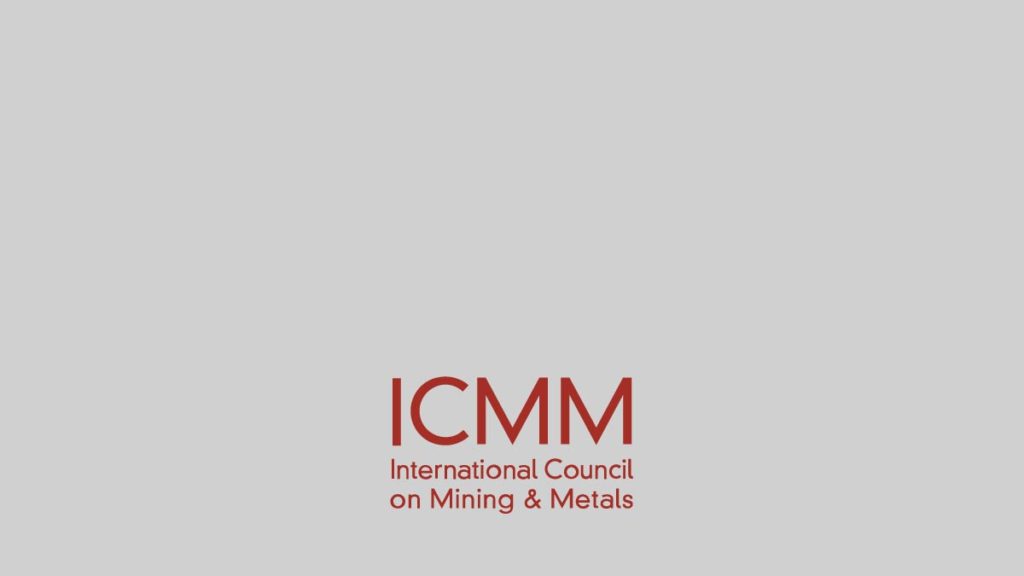
Biodiversity
Biodiversity sustains human livelihoods and life itself. It is also of value for aesthetic, spiritual, cultural, recreational and scientific reasons. In parts of the world the survival of many people depends on biodiversity; the pressures and losses of biodiversity profoundly affect the poorest communities.
Unless threats are addressed in a holistic manner, which takes social, economic and scientific considerations into account, the benefits of ecosystem services will be substantially diminished for future generations. Thus undermining the concept of sustainable development, which aims to meet the needs of the present without compromising future generations.
Biodiversity and mining
Direct or primary impacts from mining can result from any activity that involves land clearance, direct discharges to water bodies or the air. Direct impacts are usually readily identifiable; indirect or secondary impacts can result from social or environmental changes induced by mining and are less obvious to spot. Cumulative impacts occur where mining projects are created in environments that are influenced by other projects – mining and nonmining. Significant impacts are greater in remote, environmentally or socially sensitive areas.
Biodiversity and Stakeholder Engagement
Stakeholders are groups and individuals who affect or are affected by the activities of mining companies. Engagement of potentially affected stakeholders and communities in biodiversity conservation is key to the success of biodiversity initiatives. Developing trust, respect and partnership, aimed at keeping the community informed of a mining company’s operations, is an essential component for a successful, sustainable project. Attention must be given to respecting cultures, customs and values, to recognise and engage local communities as stakeholders, to participate in the social, economic and institutional development of communities and to mitigating negative impacts.
To establish and maintain a social or functional ‘licence to operate’, many mining companies are adopting sophisticated approaches to managing biodiversity. This is important with respect to:
- Access to land, at the initial stages of project development and for ongoing exploration, to extend the lifetime of existing projects
- Reputation and ‘licence to operate’ – this can influence the perceptions of communities, NGOs and other stakeholders
- Access to capital, particularly where finance is obtained from investment banks that are signatories to the Equator Principles, which apply the Biodiversity Performance Standard of the IFC to all investments in excess of $10 million
Benefits from good biodiversity management for mining companies include:
- Increased investor confidence and loyalty
- Better relationships with regulatory agencies
- Shorter and less contentious permitting cycles
- Improved community relations
- Strong partnerships with NGOs
- Improved employee motivation
- Reduced risks and liabilities
Community, Economics, Environment, Ethical Business, Management, Rehabilitation
A Strategic Response to Biodiversity Conservation - Rio Tinto
Rio Tinto's strategic response to biodiversity conservation and management

